6 harmful habits that unknowingly kill your car
Many drivers believe that wear and tear on a car is an inevitable process linked to age and mileage. However, the reality is more complex...

Many drivers are convinced that wear and tear on a car is an inevitable process related to age and mileage. However, reality is more complex: the condition of a car largely depends on driving style and seemingly harmless habits. Some of them go unnoticed for years, but eventually lead to serious breakdowns. Let's look at what actions shorten a car's service life.
1. Ignoring dashboard signals

Modern cars may seem invulnerable: start with half a turn, don't require constant attention. However, this apparent reliability relaxes the driver. Meanwhile, warning indicators may signal oil leaks, engine overheating, or low brake fluid levels. Missing even one signal can result in expensive repairs.
2. Exploiting car seat covers
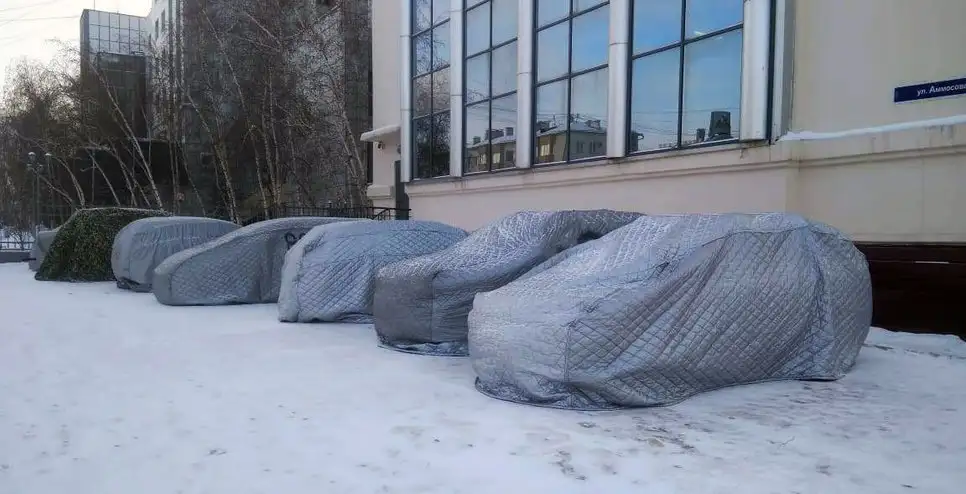
Seat covers may protect against dust, rain, and sun. However, they also create ideal conditions for corrosion: moisture accumulates under the fabric, ventilation is lacking, and sun exposure accelerates the process. Particularly at risk are old cars with damaged paintwork or hidden rust spots.
3. Improper use of the jack

Even a simple operation like lifting a car can cause damage. If the jack is not placed in the designated area, it's easy to damage the rocker panel, fender, or even disturb the bodywork geometry. Modern constructions are often assembled with glue or rivets, making them more vulnerable to deformations.
4. Extended idle time without movement
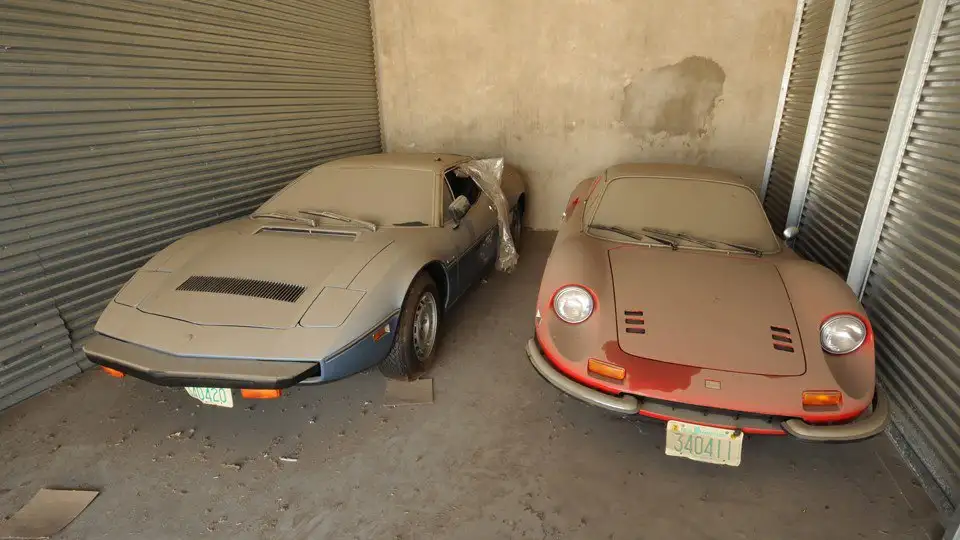
Paradoxically, long-term parking harms a car more than regular trips. Moisture causes rust on bearings, bushings, and internal engine parts. Rubber seals dry out, and the body deteriorates faster without ventilation. Even rare but regular trips help keep the equipment in working condition.
5. Violating maintenance schedule

Skipping scheduled maintenance doesn't have immediate consequences, but over time leads to critical breakdowns. Old oil, dirty filters, or worn-out belts increase the load on the engine, transmission, and cooling system. For older cars, neglecting maintenance often means premature failure of the power unit.
6. Saving on spare parts
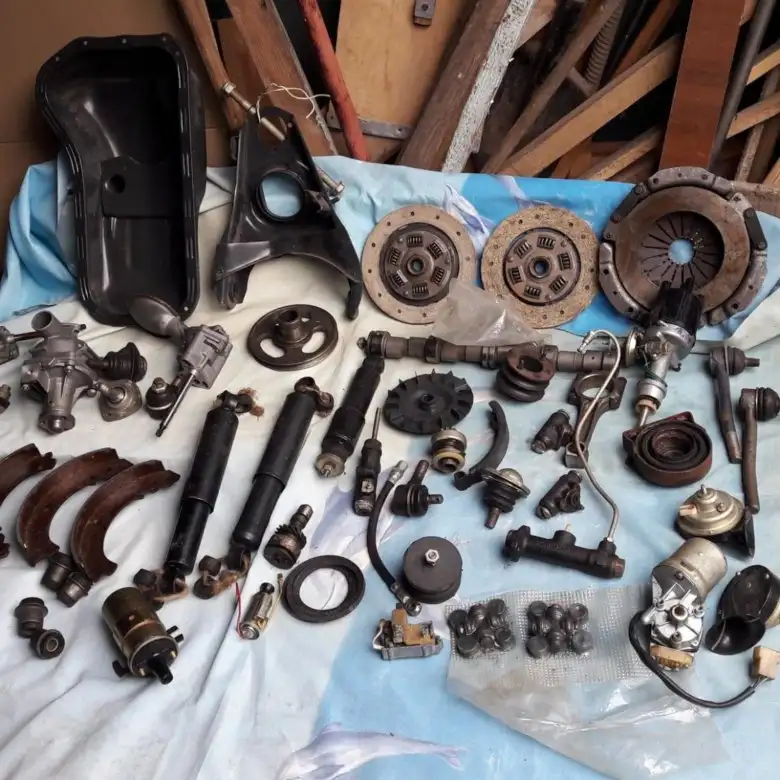
Cheap analogs and counterfeits not only fail quickly but also harm adjacent units. For example, a low-quality bushing accelerates suspension wear, and a counterfeit pump can lead to engine overheating. As a result, instead of replacing one part, an entire assembly needs to be changed.
Conclusion

A car's service life largely depends on the owner. Even minor oversights can turn into serious problems over time. Timely attention to details, adherence to the maintenance schedule, and reasonable spending on servicing will help keep the car in excellent condition for many years.
You may also be interested in the news:
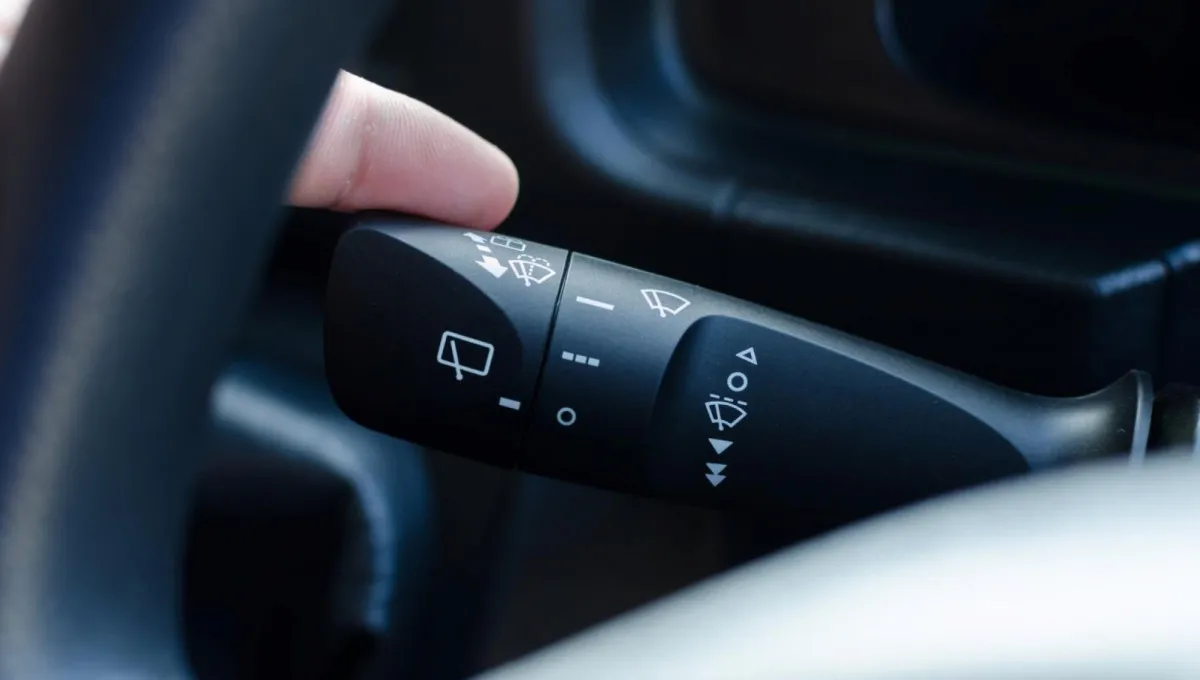
7 Hidden but Surprisingly Useful Features Every Car Has
Modern cars are packed with features most drivers never notice — from safety tricks to small conveniences that make life easier.

Steering Basics: Why You Shouldn’t Turn the Wheel All the Way to the Stop
Seasoned drivers know better than to crank a hydraulic power-steering system to the point of squeaks and groans.
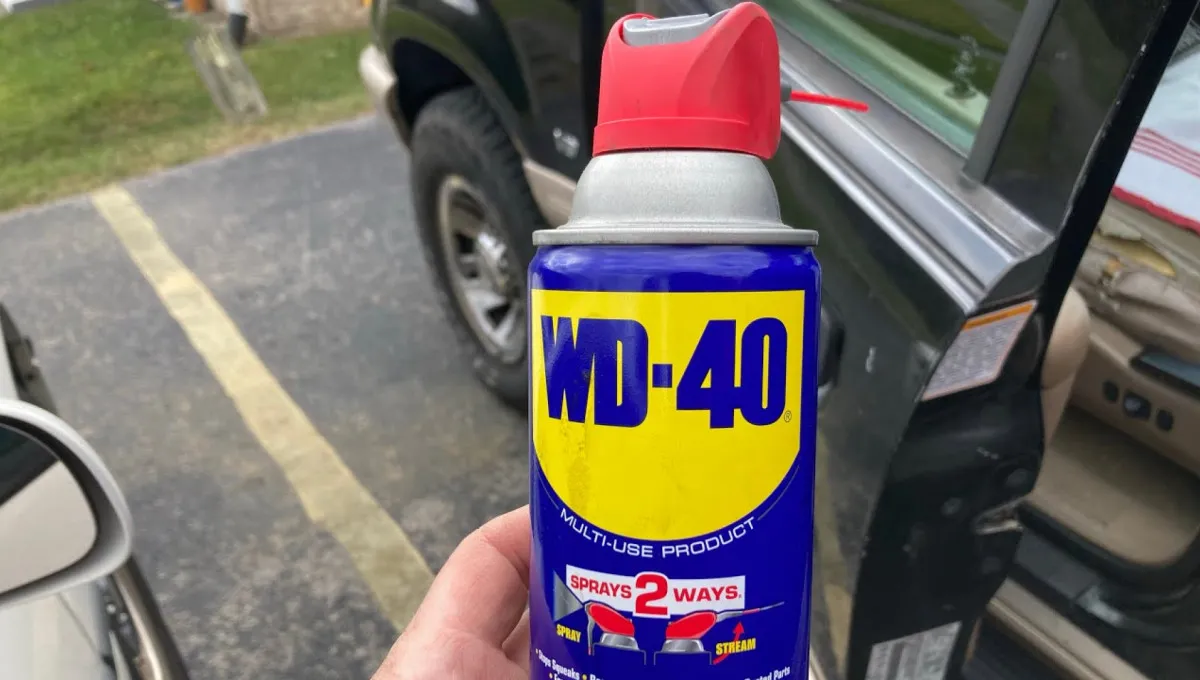
Why the Popular Lubricant Is Called WD-40—and Not WD-50 or WD-100
Seasoned drivers know this little miracle spray can bail you out of an unbelievable number of car troubles.

If Zodiac Signs Were Cars: The All-Wheel-Drive Horoscope That’ll Take You Places
Or: Why This Horoscope Smells Like Gasoline, Personality, and a Little Bit of Therapy

Mystery Button Hidden Under Most Car Dashboards — And Why So Many Drivers Don’t Know It Exists
Modern cars are packed with features and buttons whose purpose can be surprisingly hard to guess.